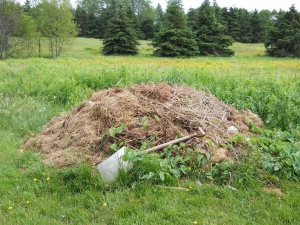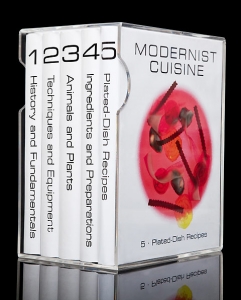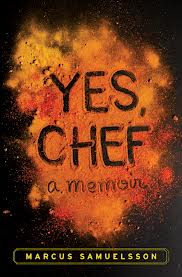Fall Food Festival
This event is free and open to the public.
Hayrides around the Farm – Join Farmer Scott and the Blue Moon crew on a hayride while learning about the farm.
Face Painting – Fun designs for little faces
Pumpkin Painting– Choose your own pumpkin, paint it at the farm, and take it home!
Pony Rides– 12 Pm – 2 PM
Balloon Animal Artist – 12:30 – 2:30 PM
Costume Contest – 3 PM
Come dressed in your Halloween best for a costume contest! Gift Certificates to Blue Moon Acres or Door to Door Organics awarded to the best costumes in the following categories:
FUNNIEST COSTUME
SCARIEST COSTUME
MOST CREATIVE COSTUME
BEST OVERALL COSTUME
Tell your friends and head on over to our Facebook page to let us know if we’ll see you there!














 John Melfi
John Melfi
 Sylva Senat
Sylva Senat
 Junior Borges
Junior Borges